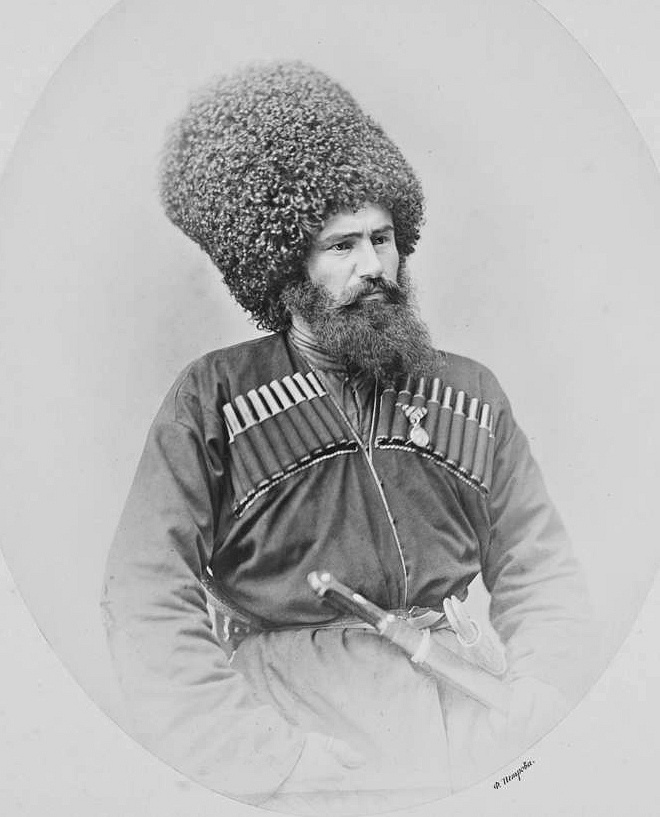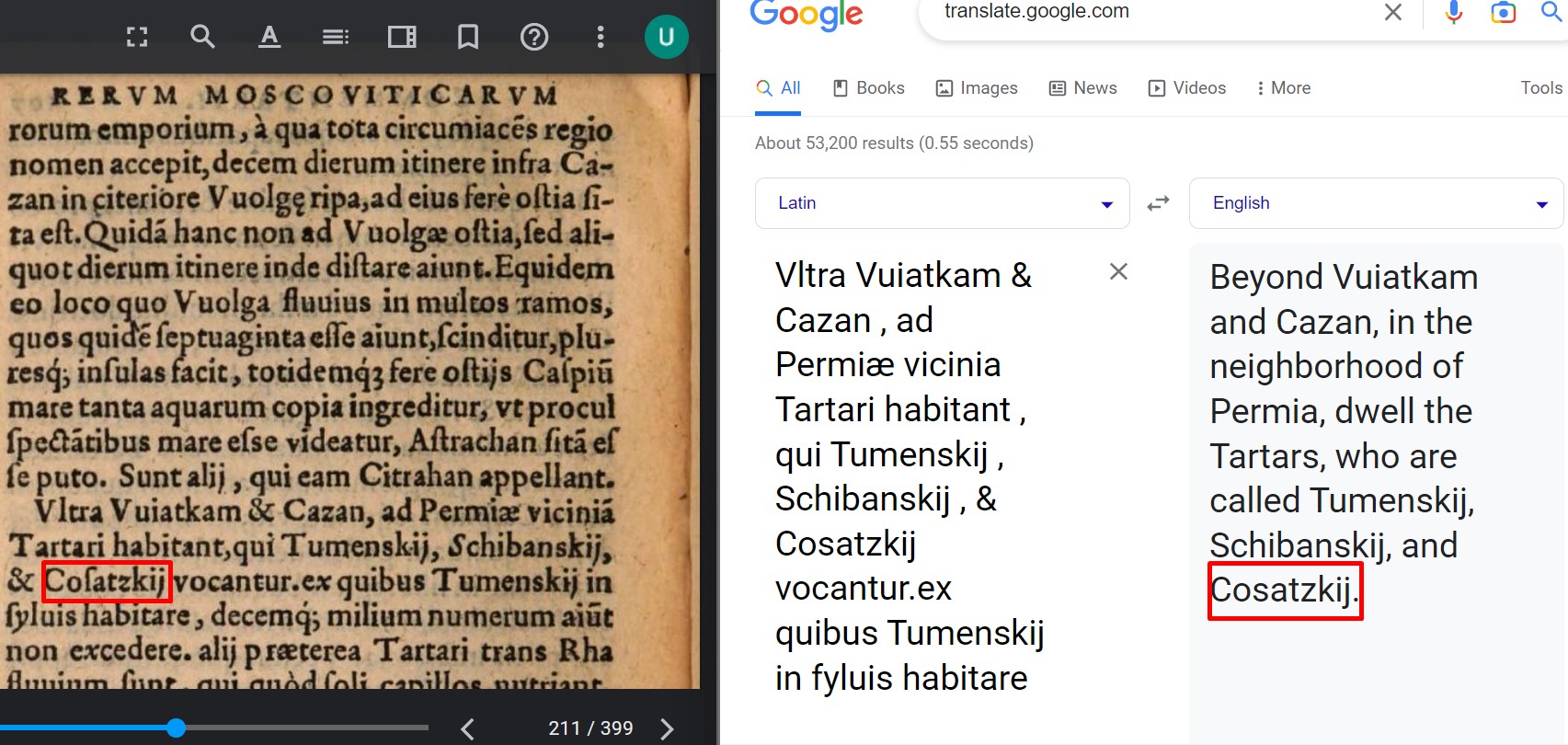|
Nogaysky District, Republic Of Dagestan
Nogaysky District (russian: Нога́йский райо́н; Nogai language, Nogai: , ''Nogay rayonı'') is an administrativeLaw #16 and municipalLaw #6 district (raion), one of the administrative divisions of the Republic of Dagestan, forty-one in the Republic of Dagestan, Russia. It is named after the members of the Nogais, Karanogay or Qara-Nogai ethnicity who live in the district. Nogaysky District is located in the north of Dagestan. The area of the district is . Its administrative center is the types of inhabited localities in Russia, rural locality (a ''village#Russia, selo'') of Terekli-Mekteb. As of the Russian Census (2010), 2010 Census, the total population of the district was 22,472, with the population of Terekli-Mekteb accounting for 35.6% of that number. The raion is roughly rectangular and lies at the northwest corner of Dagestan. Although most of Dagestan is mountainous, the raion is mostly dry steppe. On the east the Tarumovsky District separates it from ... [...More Info...] [...Related Items...] OR: [Wikipedia] [Google] [Baidu] |
Republic Of Dagestan
Dagestan ( ; rus, Дагеста́н, , dəɡʲɪˈstan, links=yes), officially the Republic of Dagestan (russian: Респу́блика Дагеста́н, Respúblika Dagestán, links=no), is a republics of Russia, republic of Russia situated in the North Caucasus of Eastern Europe, along the Caspian Sea. It is located north of the Greater Caucasus, and is a part of the North Caucasian Federal District. The republic is the southernmost tip of Russia, sharing land borders with the countries of Azerbaijan and Georgia (country), Georgia to the south and southwest, the Russian republics of Chechnya and Kalmykia to the west and north, and with Stavropol Krai to the northwest. Makhachkala is the republic's capital city, capital and types of inhabited localities in Russia, largest city; other major cities are Derbent, Kizlyar, Izberbash, Kaspiysk and Buynaksk. Dagestan covers an area of , with a population of over 3.1 million, consisting of over 30 ethnic groups and 81 nati ... [...More Info...] [...Related Items...] OR: [Wikipedia] [Google] [Baidu] |
Chechnya
Chechnya ( rus, Чечня́, Chechnyá, p=tɕɪtɕˈnʲa; ce, Нохчийчоь, Noxçiyçö), officially the Chechen Republic,; ce, Нохчийн Республика, Noxçiyn Respublika is a republic of Russia. It is situated in the North Caucasus of Eastern Europe, close to the Caspian Sea. The republic forms a part of the North Caucasian Federal District, and shares land borders with the country of Georgia to its south; with the Russian republics of Dagestan, Ingushetia, and North Ossetia-Alania to its east, north, and west; and with Stavropol Krai to its northwest. After the dissolution of the Soviet Union in 1991, the Checheno-Ingush ASSR split into two parts: the Republic of Ingushetia and the Chechen Republic. The latter proclaimed the Chechen Republic of Ichkeria, which sought independence. Following the First Chechen War of 1994–1996 with Russia, Chechnya gained ''de facto'' independence as the Chechen Republic of Ichkeria, although ''de jure'' it rem ... [...More Info...] [...Related Items...] OR: [Wikipedia] [Google] [Baidu] |
Subdivisions Of Russia
Russia is divided into several types and levels of subdivisions. Federal subjects Since 30 September 2022, the Russian Federation has consisted of eighty-nine federal subjects that are constituent members of the Federation.Constitution, Article 65 However, six of these federal subjects—the Republic of Crimea, the Donetsk People's Republic, the Russian occupation of Kherson Oblast, Kherson Oblast, the Luhansk People's Republic, Lugansk People's Republic, the federal cities of Russia, federal city of Sevastopol and the Russian occupation of Zaporizhzhia Oblast, Zaporozhye Oblast—are internationally recognized as part of Ukraine. All federal subjects are of equal federal rights in the sense that they have equal representation—two delegates each—in the Federation Council of Russia, Federation Council (upper house of the Federal Assembly of Russia, Federal Assembly). They do, however, differ in the degree of autonomous area, autonomy they enjoy. De jure, there are 6&n ... [...More Info...] [...Related Items...] OR: [Wikipedia] [Google] [Baidu] |
Nogai Horde
The Nogai Horde was a confederation founded by the Nogais that occupied the Pontic–Caspian steppe from about 1500 until they were pushed west by the Kalmyks and south by the Russians in the 17th century. The Mongol tribe called the Manghuds constituted a core of the Nogai Horde. In the 13th century, the leader of the Golden Horde, Nogai Khan, a direct descendant of Genghis Khan through Jochi, formed an army of the Manghits joined by numerous Turkic tribes. A century later the Nogays were led by Edigu, a commander of Manghit paternal origin and Jochid maternal origin, who founded the Nogai dynasty. In 1557, Nogai ''Nur-al-Din'' Qazi Mirza quarreled with Ismael Beg and founded the Lesser Nogai Horde on the steppe of the North Caucasus. The Nogais north of the Caspian were thereafter called the Great Nogai Horde. In the early 17th century, the Horde broke down further under the onslaught of the Kalmyks. The Nogais north of the Black Sea were nominally subject to the Crimean Khanat ... [...More Info...] [...Related Items...] OR: [Wikipedia] [Google] [Baidu] |
Kabardians
The Kabardians ( Highland Adyghe: Къэбэрдей адыгэхэр; Lowland Adyghe: Къэбэртай адыгэхэр; russian: Кабардинцы) or Kabardinians are one of the twelve major Circassian tribes, representing one of the twelve stars on the green-and-gold Circassian flag. They are also commonly known by the plural terms Kabardin, Kebertei, or Kabarday. Along with the Besleney tribe, they speak a distinctive dialect of the Adyghe language. Historically the Kabardians lived in Kabardia, a region of the north Caucasus. In modern times the Kabardians live mostly in the Russian republic of Kabardino-Balkaria, which partly corresponds to the historic region. Despite the Soviet administrative divisions that placed Circassians under four different designations and political units, namely ''Adygeans'' (Adyghe in Adygea), ''Cherkessians'' (Adyghe in Karachay-Cherkessia), ''Kabardians'' (Adyghe in Kabardino-Balkaria), and ''Shapsugians'' (Adyghe in Krasnodar Kra ... [...More Info...] [...Related Items...] OR: [Wikipedia] [Google] [Baidu] |
Laks (Caucasus)
The Laks (self-designation: Lak) are a Northeast Caucasian ethnic group native to an inland region known as ''Lakia'' within Dagestan in the North Caucasus. They speak the Lak language. Laks historically live in the Lakskiy and Kulinskiy districts of Dagestan. This ethnocultural area is known as Lakia. There are about 200,000 ethnic Laks in the world. Ethnonym The word "Lak" is the self-designation of the Lak people as in Lak expressions: "zhu Lak buru" — we are Lak; "zhu Lakral khalq buru" — we are Lak people; "Laktal" — Laks; "Lakssa" — Lakian, Laks, Lak man; "Lakkuchu" — Lakian man; "Lakku maz" — Lakian language; "Lakkuy" — Lakia; "Lakral kanu" — Lak place; "Lakral kanu" — Lak district; "Lakku bilayat" — Lak country; "Lakral pachchahlug" — Lak state. Laks use the name "Lak" as their ethnonym and placename. P. K. Uslar (1864) reported on the use of self-designation "Lak" by residents of Gazi-Kumukh: "Lakkuchu, Lakkuchunal, nominative plural Lak, gen ... [...More Info...] [...Related Items...] OR: [Wikipedia] [Google] [Baidu] |
Avars (Caucasus)
The Avars, also known as ''Maharuls'' ( Avar: , , "mountaineers") are a Northeast Caucasian ethnic group. The Avars are the largest of several ethnic groups living in the Russian republic of Dagestan. The Avars reside in the North Caucasus between the Black Sea and the Caspian Sea. Alongside other ethnic groups in the North Caucasus region, the Avars live in ancient villages located approximately 2,000 m above sea level. The Avar language spoken by the Caucasian Avars belongs to the family of Northeast Caucasian languages. Sunni Islam has been the prevailing religion of the Avars since the 13th century. Ethnonyms According to 19th-century Russian historians, the Avars' neighbors usually referred to them as Tavlins (''tavlintsy''). This is an exonym. Vasily Potto wrote that those to the south usually knew them as Tavlins (''tavlintsy''). Potto wrote, "The words in different languages have the same meaning... fmountain dwellers rhighlanders."''В. А. Потто.'Кавка ... [...More Info...] [...Related Items...] OR: [Wikipedia] [Google] [Baidu] |
Tatars
The Tatars ()Tatar in the Collins English Dictionary is an umbrella term for different Turkic ethnic groups bearing the name "Tatar". Initially, the ethnonym ''Tatar'' possibly referred to the . That confederation was eventually incorporated into the when unified the various steppe tr ... [...More Info...] [...Related Items...] OR: [Wikipedia] [Google] [Baidu] |
Kumyks
, image = Abdul-Wahab son of Mustafa — a prominent Kumyk architect of the 19th century. , population = near 600,000 , region1 = , pop1 = 503,060 , ref1 = , region2 = , pop2 = 10,000 , ref2 = , region3 = , pop3 = 718 , ref3 = , langs = Kumyk language , region4 = , pop4 = 1200 , ref4 = , region5 = , pop5 = 481 , ref5 = , region6 = , pop6 = 360 , ref6 = , region7 = , pop7 = 33 , ref7 = [...More Info...] [...Related Items...] OR: [Wikipedia] [Google] [Baidu] |
Kazakhs
The Kazakhs (also spelled Qazaqs; Kazakh: , , , , , ; the English name is transliterated from Russian; russian: казахи) are a Turkic-speaking ethnic group native to northern parts of Central Asia, chiefly Kazakhstan, but also parts of northern Uzbekistan and the border regions of Russia, as well as Northwestern China (specifically Ili Kazakh Autonomous Prefecture) and Mongolia ( Bayan-Ölgii Province). The Kazakhs are descendants of the ancient Turkic Kipchak tribes and the medieval Mongolic tribes, and generally classified as Turco-Mongol cultural group. Kazakh identity is of medieval origin and was strongly shaped by the foundation of the Kazakh Khanate between 1456 and 1465, when following disintegration of the Golden Horde, several tribes under the rule of the sultans Janibek and Kerei departed from the Khanate of Abu'l-Khayr Khan in hopes of forming a powerful khanate of their own. ''Kazakh'' is used to refer to ethnic Kazakhs, while the term ''Kazakhstani'' ... [...More Info...] [...Related Items...] OR: [Wikipedia] [Google] [Baidu] |
Chechens
The Chechens (; ce, Нохчий, , Old Chechen: Нахчой, ''Naxçoy''), historically also known as ''Kisti'' and ''Durdzuks'', are a Northeast Caucasian ethnic group of the Nakh peoples native to the North Caucasus in Eastern Europe. "Europe" (pp. 68–69); "Asia" (pp. 90–91): "A commonly accepted division between Asia and Europe ... is formed by the Ural Mountains, Ural River, Caspian Sea, Caucasus Mountains, and the Black Sea with its outlets, the Bosporus and Dardanelles." They refer to themselves as Nokhchiy (pronounced ; singular Nokhchi, Nokhcho, Nakhchuo or Nakhtche). The vast majority of Chechens today are Muslims and live in Chechnya, a republic of Russia. The North Caucasus has been invaded numerous times throughout history. Its isolated terrain and the strategic value outsiders have placed on the areas settled by Chechens has contributed much to the Chechen community ethos and helped shape its national character. Chechen society has traditionally been egalita ... [...More Info...] [...Related Items...] OR: [Wikipedia] [Google] [Baidu] |
Russians
, native_name_lang = ru , image = , caption = , population = , popplace = 118 million Russians in the Russian Federation (2002 ''Winkler Prins'' estimate) , region1 = , pop1 = approx. 7,500,000 (including Russian Jews and Russian Germans) , ref1 = , region2 = , pop2 = 7,170,000 (2018) ''including Crimea'' , ref2 = , region3 = , pop3 = 3,512,925 (2020) , ref3 = , region4 = , pop4 = 3,072,756 (2009)(including Russian Jews and Russian Germans) , ref4 = , region5 = , pop5 = 1,800,000 (2010)(Russian ancestry and Russian Germans and Jews) , ref5 = 35,000 (2018)(born in Russia) , region6 = , pop6 = 938,500 (2011)(including Russian Jews) , ref6 = , region7 = , pop7 = 809,530 (2019) , ref7 ... [...More Info...] [...Related Items...] OR: [Wikipedia] [Google] [Baidu] |





